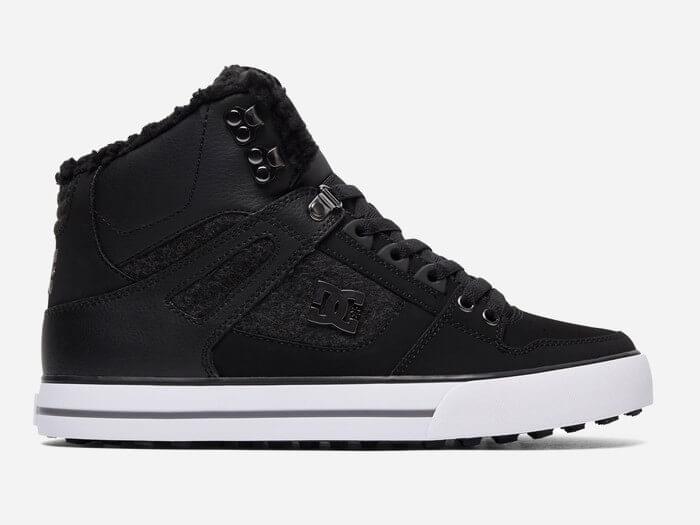Chemical Resistance and Compatibility: Key Considerations for Selecting and Using Chemical Fuel Hose
Chemical resistance and compatibility are critical factors to consider when selecting and utilizing chemical fuel hoses. These hoses are designed to transport various chemicals, fuels, and solvents, making it essential to ensure their suitability for the specific substances they will encounter. Failure to choose the correct hose can lead to material degradation, leaks, or even hazardous situations. This article will outline the key considerations to keep in mind when selecting and using chemical fuel hoses.
Firstly, it is crucial to identify the specific chemicals, fuels, or solvents that the hose will come into contact with. Different materials have varying resistance to various substances, and understanding this compatibility is vital for selecting the appropriate hose. Consultation with chemical compatibility charts and manufacturers' guidelines can provide valuable information regarding the suitability of a particular hose for specific chemicals.
Secondly, consider the temperature range that the hose will be exposed to. Some chemicals may require hoses capable of withstanding extreme temperatures, either high or low. It is essential to choose a hose that can maintain its structural integrity and chemical resistance under the expected temperature conditions. Failure to do so could result in hose deterioration, leading to leaks or compromised safety.
Furthermore, the pressure at which the hose will be used should be taken into account. Different hoses have varying pressure ratings, and selecting a hose that can handle the intended pressure is crucial. Using a hose with a lower pressure rating than required can lead to hose failure, leaks, or potential accidents. Manufacturers provide pressure ratings for their hoses, and it is essential to choose one that matches the anticipated pressure.
 Additionally, consider the mechanical stresses the hose will experience during use. Factors such as bending, twisting, or stretching can affect the hose's integrity and lifespan. It is crucial to select hoses designed to withstand the specific mechanical stresses in their intended application. Hoses with reinforced layers or specific construction techniques may be necessary for more demanding environments.
Additionally, consider the mechanical stresses the hose will experience during use. Factors such as bending, twisting, or stretching can affect the hose's integrity and lifespan. It is crucial to select hoses designed to withstand the specific mechanical stresses in their intended application. Hoses with reinforced layers or specific construction techniques may be necessary for more demanding environments.
Proper storage and maintenance of chemical fuel hoses are also essential for their longevity and safe usage. Hoses should be stored in a clean, dry area, away from direct sunlight and extreme temperatures. Regular inspections for signs of wear, such as cracks, bulges, or deterioration, should be conducted. If any damage is identified, the hose should be replaced immediately to avoid potential leaks or hazardous situations.
In conclusion, chemical resistance and compatibility are key factors to consider when selecting and using chemical fuel hoses. Understanding the specific chemicals, temperature ranges, pressure requirements, and mechanical stresses involved is essential for choosing the appropriate hose. Regular maintenance and inspections are crucial to ensure the hose's integrity and safe operation. By following these considerations, users can mitigate the risk of material degradation, leaks, and potential accidents.





Leave Your Product Requirements
Your email address will not be published. Required fields are marked *